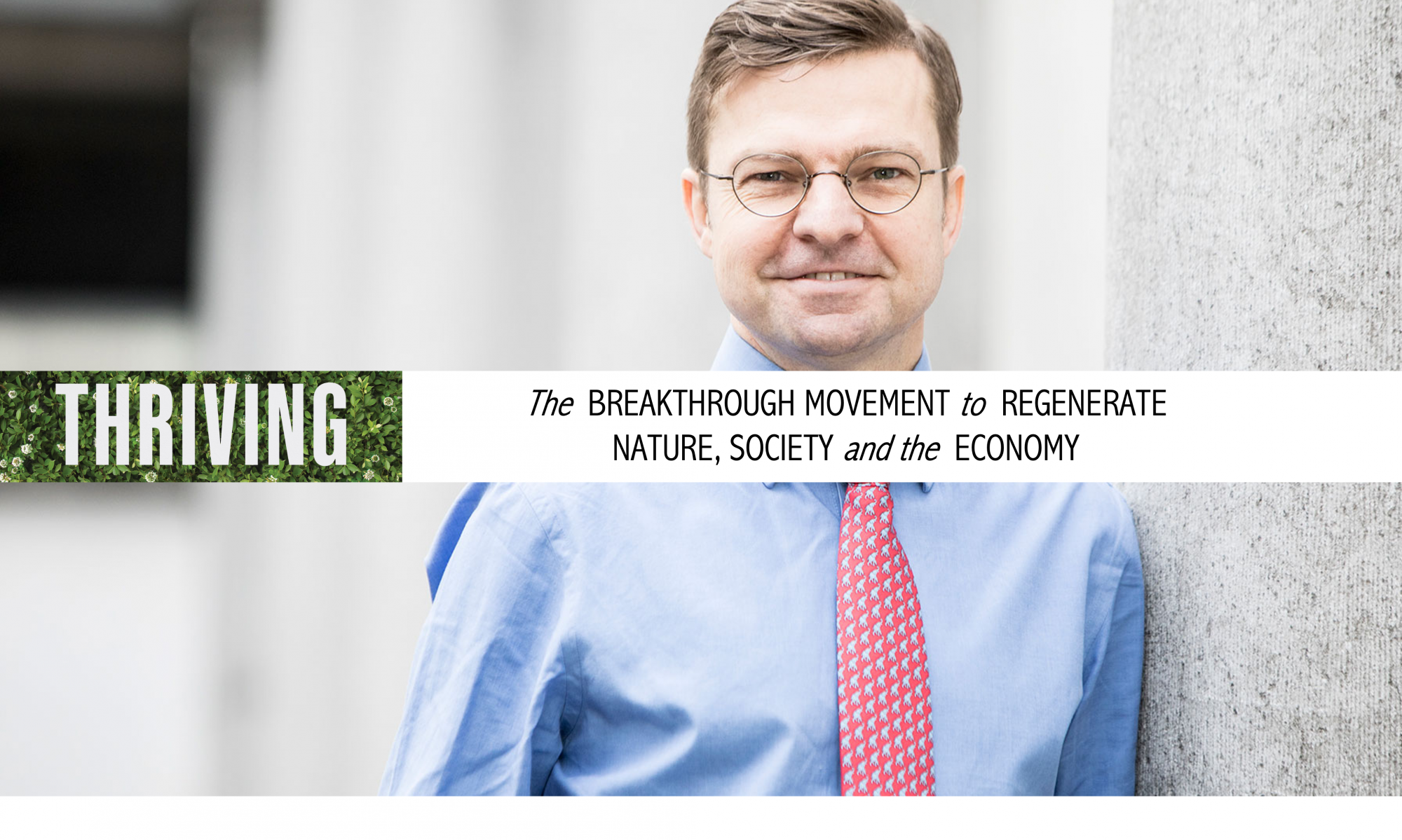The Nature of CSR Leadership:
Definitions, Characteristics and Paradoxes
Paper by Wayne Visser
In CSR circles, we see the task of creating a more equitable and sustainable world as both a serious challenge and an enormous opportunity. We are convinced that without bold and effective leadership – at a political, institutional and individual level – we will fail to resolve our most serious social and environmental crises. We will also miss out on the vast business opportunities presented by society’s transition to a sustainable economy.
Over the past few years, in response to these global challenges and opportunities, we have seen more and more evidence of CSR leadership emerging, albeit not nearly enough. In order to better understand what makes these leaders effective catalysts for positive change, I have been conducting research with the University of Cambridge Programme for Sustainability Leadership (CPSL), mainly focused on individual leaders in business. In this short paper, I present some of our initial findings and conclusions.
What is Leadership?
Our first step in understanding CSR leadership was to go back to the basics and ask, What is leadership? There are of course numerous existing definitions (see for example Box 1). However, the definition we developed at CPSL is that a leader:
Someone who can craft a vision and inspire people to act collectively to make it happen, responding to whatever changes and challenges arise along the way.
There are also various theories on leadership and while it is not our intention to provide an exhaustive review of these, they do set a frame for CSR leadership. Hence, we can distinguish three main approaches to understanding leadership:
- The Trait/Style school, which focuses on the characteristics or approaches of individual leaders;
- The Situational/Context school, which focuses on how the external environment shapes leadership action; and
- The Contingency/Interactionist school, which is about the interaction between the individual leader and his/her framing context.
To these can be added the rather more practical tenets of leadership as described by Goffee and Jones (2009):
- Leadership is relational. It is something you do with people, not to people. Put simply, you cannot be a leader without followers. Like all relationships, it needs to be monitored and cultivated.
- Leadership is non-hierarchical. Formal authority or a title doesn’t make you a leader. Leaders can be found at all levels.
- Leadership is contextual. You need to size up and tap into what exists around you and then bring more to the party.
What is CSR Leadership?
These general perspectives on leadership establish the foundation for our more specific enquiry into the nature of CSR leadership. Based on our review of the academic literature, together with CPSL’s experience working with senior leaders over the past 20 years, we distilled the following simple definition: A CSR leader is someone who inspires and supports action towards a better world …
Continue reading
[button size=”small” color=”blue” style=”download” new_window=”false” link=”http://www.waynevisser.com/wp-content/uploads/2012/05/paper_csr_leadership_wvisser.pdf”]Pdf[/button] The Nature of CSR Leadership (paper)
Related pages
[button size=”small” color=”blue” style=”info” new_window=”false” link=”http://www.waynevisser.com/books/the-age-of-responsibility”]Page[/button] The Age of Responsibility (book)
[button size=”small” color=”blue” style=”tick” new_window=”false” link=”http://www.cpsl.cam.ac.uk”]Link[/button] Cambridge Programme for Sustainability Leadership (website)
Cite this article
Visser, W. (2011) The Nature of CSR Leadership: Definitions, Characteristics and Paradoxes, CSR International Paper Series, No. 4.


